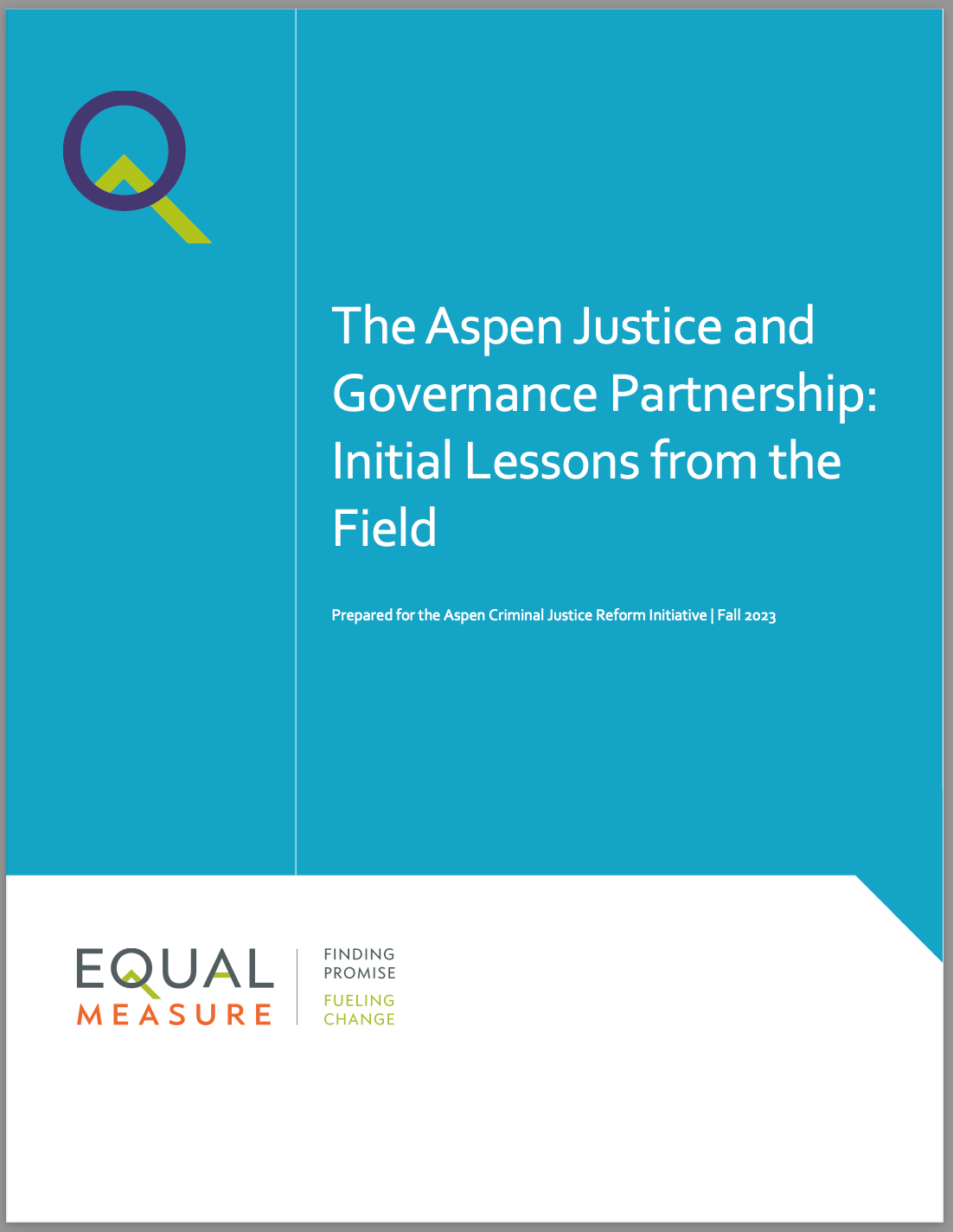There is a sense of renewed urgency among criminal justice reform advocates in the wake of the coronavirus pandemic. As COVID-19 cases rise in jails, prisons, and detention centers, efforts have been made to release young people, older and vulnerable adults, and undocumented migrants. Advocates have encouraged policymakers to consider clemency and approve medical furloughs for those with health challenges. Among many other recommendations, they have called for the immediate release of people who are scheduled to be released within the next 90 days. While some of this is being carried out through bipartisan efforts in states like Oklahoma, Ohio, Washington, North Carolina, and New York, one question remains—what is happening in the communities where those formerly incarcerated are returning?
Current data indicate that many individuals who are incarcerated or are returning citizens come from communities and neighborhoods with high rates of incarceration, violence, homelessness, economic and health insecurity, and poverty. These are places across the country with layers of inequality built over generations and exacerbated by decades of neglect and disregard. Scholars describe these neighborhoods as places of “concentrated disadvantage” formed by “the structural predicates of racial segregation.” Nothing has laid bare these inequities more than COVID-19.
New York City’s Department of Health and Mental Hygiene recently published a breakdown of COVID-19 cases by zip code. The highest spatial concentrations of the disease are located in low-income sections of the Bronx, Brooklyn, and Queens. If you were to layer this data on top of the work of the Justice Mapping Project—which includes a visual representation of the distribution of incarceration in the city—they would map perfectly. This is not surprising given that individuals who come from these communities, particularly those who are now incarcerated, are even more vulnerable to COVID-19. Many have underlying health conditions including diabetes, high cholesterol, hypertension, coronary artery disease, cancer, renal disease, and other issues that compromise their immune systems. Given these circumstances, how can we think creatively about re-imagining the criminal justice system in the near and long-term with a focus on real transformation?
Answering this question is the mission of the Aspen Institute’s new Criminal Justice Reform Initiative. We will partner with people and organizations to amplify and uplift policy and systems changes aimed at reducing mass incarceration within state and local jurisdictions. We will curate ongoing discussions with formerly incarcerated individuals, researchers, advocates, and policymakers in the field using the Institute’s digital platforms. Our work will be particularly focused in neighborhoods or zip codes where there are spatial concentrations of high rates of incarceration and poverty. The initiative’s Aspen Justice Network will play a critical role in this. The network will comprise 10 local jurisdictions around the country to generate a steady and sustainable drumbeat of data-driven and community-informed policymaking. This will be coordinated across the entire criminal justice continuum and repeated each year to provide communities an opportunity to learn from one other. Focused, data-driven attention—including qualitative data—across criminal justice-related agencies at the community level is critically important in the age of COVID-19 and beyond to address inequality. David Muhammad of the National Institute for Criminal Justice Reform describes similar such efforts as “community involved justice.”
In addition to urban areas like New York City, of particular concern is the crisis now taking shape in rural areas of the US where crippling poverty is coupled with a dearth of social services and health care access. As of April 22, in my home state of South Carolina, there were 4,917 reported cases of COVID-19. Examining closely the county-by-county breakdown, a stark picture emerges. 17 counties in the state make up what is called the “Corridor of Shame.” This term emerged out a school funding equity lawsuit—the longest in South Carolina history—describing a region with some of the most poorly funded schools in the entire country.
Disparities in this region do not stop with education but include deep pockets of health and economic insecurity. Median household income hovers between $26,000 to $33,000. And although the region comprises 19 percent of the state’s total population, it represented 21 percent of the state’s admitted inmates in 2019. Data from the South Carolina Department of Corrections indicate that 59 percent of the total population of incarcerated individuals in 2019 was African-American. 55 percent of those confined are classified as having a “medical problem” or “severe medical problem.”
The “Corridor of Shame” represents over 25 percent of the total number of reported cases of COVID-19 in South Carolina. It must also be noted that 88 percent of the people who live in the corridor are people of color. Infection rates have started to steadily increase in rural areas across the country with similar demographics. There should be deep concern about what will happen in these communities as well as to the individuals from these communities who are currently incarcerated. We are hopeful that in the coming months with the launch of the Aspen Justice Network, the corridor will be among those communities and regions we work closely with to address mass incarceration and the conditions that created it.
Now is the time to reimagine the criminal justice system. We must seriously consider the question: who should be confined? Do we want to continue to house 45,000 young people a day in detention—many in solitary confinement? Do we want to continue to turn a blind eye to the increasing number of women being held in rural jails across the country many of whom are there because of years of domestic abuse? Do we want to continue to house people in prison because of technical violations and the inability to pay bail? Do we want to continue to house undocumented migrants in detention for civil violations? Do we want to continue to house people over the age of 65 who are medically challenged? And we must go further.
Institutions and facilities of confinement are inextricably tied to the communities where incarcerated individuals come from. Even if we release those under the circumstances outlined here, the vast majority will still return to communities of concentrated poverty. One fact remains: communities and neighborhoods cannot address all of these issues alone. Sociologist Patrick Sharkey argues that a “durable policy agenda” focused on human, social, and economic capital investments must involve “interventions, investments, policies, and programs that are designed to be sustained over time, to reach multiple generations of family members, and to be implemented at a scale that makes it possible to transform the lives of families and their communities.”
If we focused on specific neighborhoods and applied promising practices and research with supportive policies, in collaboration and partnership with members of these communities, imagine how far we could go to end mass incarceration. This approach would go beyond criminal justice reform—it would be, in fact, criminal justice transformation.


